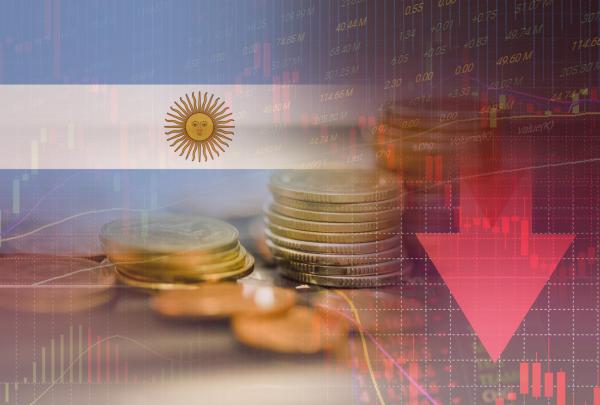There are growing signs that the collapse in economic activity caused by the pandemic has bottomed out and a recovery is underway. Admittedly, most of the PMI surveys for May (released today) remain lodged below the crucial 50-mark that separates expansion from contraction. But the experience of 2008-09 suggests that in extreme conditions the PMIs may be a better guide to turning points in activity rather than to rates of output growth - and viewed through this lens, the fact that they have generally picked up from April’s lows is good news.
More fundamentally, in a rapidly changing environment, daily data often provide the first evidence of a shift in economic conditions. We track a wide range of series on a dedicated page on our website and the broad message that emerges is that most economies have now turned the corner: road traffic is picking up, electricity consumption is recovering and gasoline demand is to edge up in the countries for which we have good data (most notably the US).
Of course, none of these series are as accurate or comprehensive as the official economic data produced by national statisticians. But taken together they suggest that, when the official data are released, they will point to output having bottomed out in April or May of this year.
This dose of cautious optimism comes with three caveats. First, the fact that activity is recovering needs to be seen in this context of the huge loss of output incurred during lockdowns. Output in most major economies is still running at somewhere between 15% and 25% of pre-virus levels.
Second, the fact that high frequency data point to a pick-up in activity does not tell us anything about what is happening to the key component that will determine the scale and the speed of economic recovery: namely, aggregate demand. The fact that more journeys are taking place is encouraging, but the extent to which this will translate into a recovery in consumer spending is unclear.
The evidence from China, which is a month or so ahead of the US and Europe on this front, provides some reasons to be sceptical: while manufacturing production has rebounded, retail sales have been much slower to recover. This partly reflects a jump in unemployment, but it also reflects the fact that those workers with a job remain reluctant to spend. It seems that the initial response to the virus has been to increase precautionary savings.
Finally, while there are signs that activity has bottomed out, the coming months will bring a long list of new policy challenges. An important issue that is already facing governments and central banks is how to calibrate the removal of policy support as lockdowns are lifted and workplaces reopen. The most pressing aspect of this is how to taper employer subsidy programmes without causing a huge spike in unemployment. Policy needs to shift from combatting a crisis to supporting the recovery. Making this transition will not be easy. One of the biggest risks in the near-term is that governments move too quickly to embrace a new round of austerity.
All of this means that, while the slump in output caused by the virus seems to have bottomed out, the recovery is likely to be slow going and uneven. Most economies are still likely to be below their pre-virus paths of GDP by the end of our central forecast horizon in 2022. Even bigger questions and uncertainties hang over the outlook beyond then. I’ll tackle those next week.
In case you missed it:
- Our Chief Commodities Economist, Caroline Bain, looks at the implications of the stimulus package announced by China’s government for commodity markets…
- …and our Senior Markets Economist, Jonas Goltermann, looks at the implications for financial markets.
- Finally, our Chief Asia Economist, Mark Williams, assesses the economic significance of Hong Kong’s special status on US law. And, against the backdrop of the latest deterioration in US-China relations, our work from last year on the rising threat of “de-globalisation” is worth revisiting.



